System integration
System integration is a critical process in engineering and information technology that involves combining various subsystems or components into a cohesive system that functions as a whole.
This process ensures that each integrated subsystem cooperates to deliver the overarching functionality, allowing for seamless operation and communication between previously disparate systems.
This process ensures that each integrated subsystem cooperates to deliver the overarching functionality, allowing for seamless operation and communication between previously disparate systems.

Process
- System integration is a complex process that involves combining various subsystems into one coherent system to ensure they function together seamlessly.
- It typically includes several phases such as planning, analysis, design, implementation, testing, deployment, and maintenance.
- The goal is to streamline and optimize the workflow, data, and functionality across different systems within an organization.
- This process can help businesses achieve greater efficiency, improve data integrity, and facilitate more informed decision-making.
Advantages
- The benefits of system integration include increased efficiency, improved data accuracy, and the ability to leverage existing technologies within a new, unified framework.
Our offerings
System Integration
Turnkey solutions are tailored to meet the specific needs of projects across various industries, ensuring seamless integration and functionality of complex processes.
We provide a comprehensive service for System integration in E&I turnkey projects is:
⮚ Design, supply, erection & installation, testing and commissioning of various type of field instruments, control panel, PLC & HMI/SCADA system, MCC panel as per the operational and functional need.
⮚ Integration of third-party system with PLC & HMI/SCADA via various communication protocols
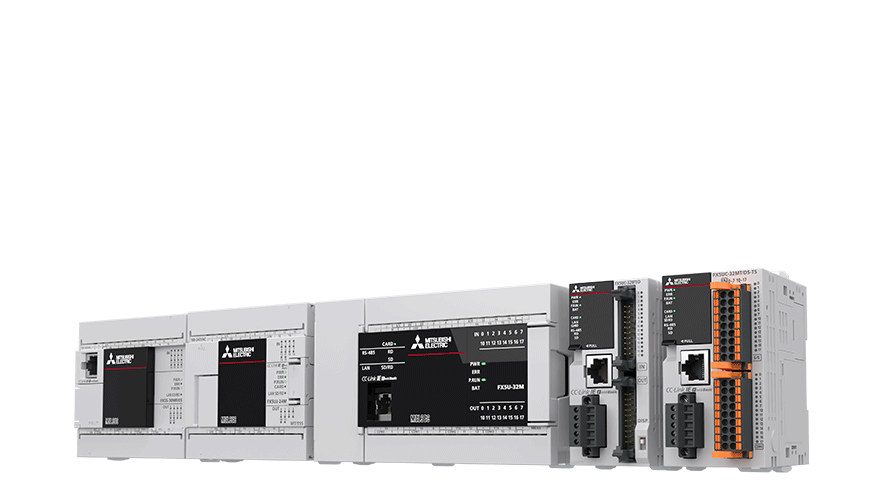


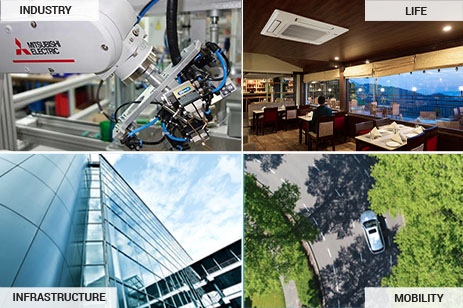

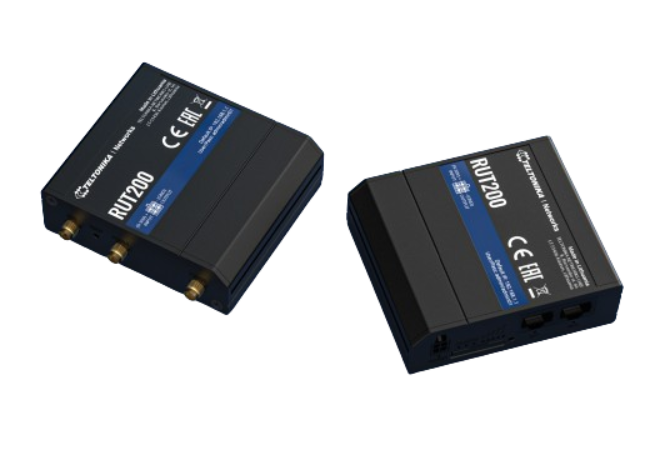
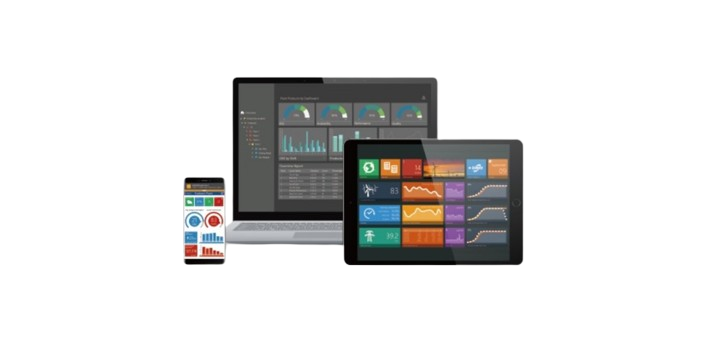
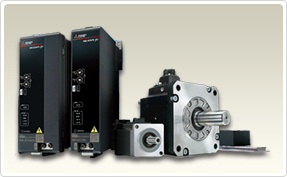




![panel-01[1] panel-01[1]](https://eleetpro.com/wp-content/uploads/elementor/thumbs/panel-011-qzet7wibzvxnan2llc3lbke7tcjsob95xaavd6zpug.png)


